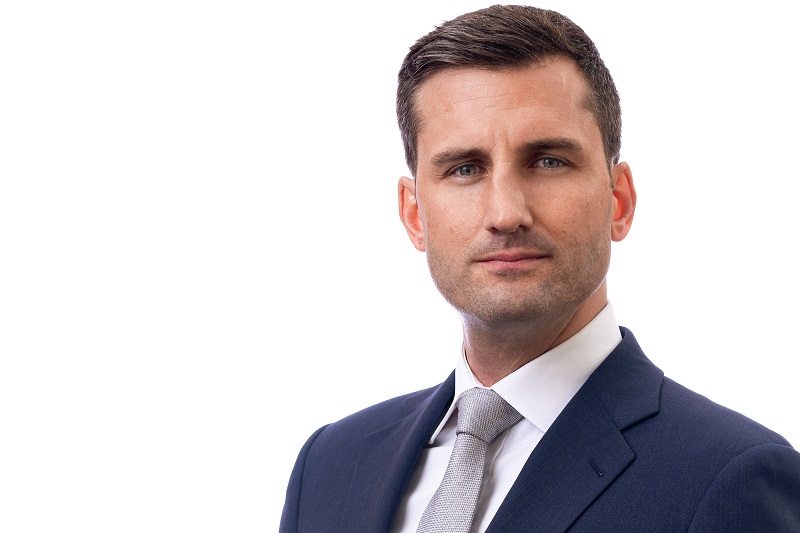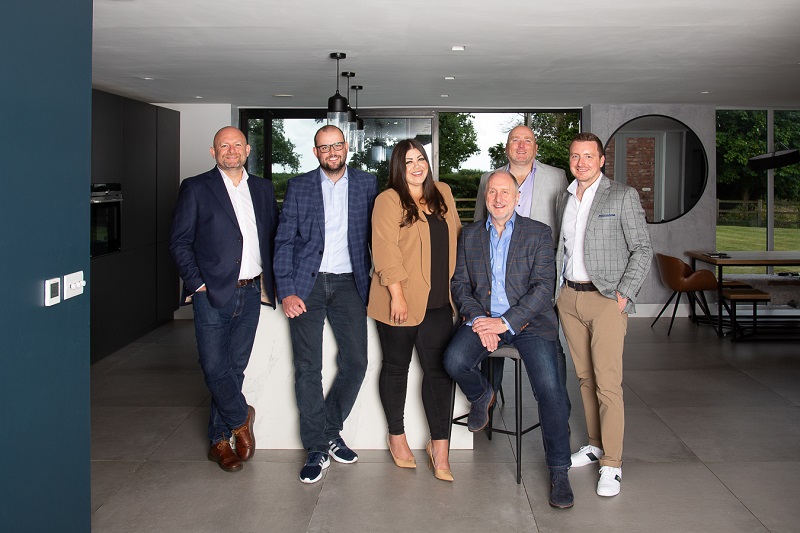Economist and author Jens Schadendorf was inspired to write GaYme Changer, the first book of its kind, commenting on how the LGBT+ community is changing the global economy after attending a major investment event in his native Germany.
Having written on the impact of the LGBT+ community before, he now felt that “something had changed substantially”, with the conversion on LGBT+ inclusion reaching new levels of international awareness, including among global corporates and human rights organisations.
What’s driving greater LGBT+ inclusion awareness?
As an economist and award-winning former book publishing director, Schadendorf has a nose for trends. Between 2013 and 2017, he saw a series of emerging shifts that sent the LGBT+ inclusion at work conversation upward at “global inter-institutional levels.”
One shift, he says, was the foundation of the United Nations Standards of Conduct for Businesses, which outlines tackling discrimination against the LGBT+ community, and was set up in 2017.
Before that, things were already changing through the more inclusive Obama administration in the United States and via the UN’s Free and Equal initiative that launched in 2013 as a global campaign against homophobia and transphobia. This was followed by a fast-growing interest in LGBT+ equality at the World Economic Forum, the annual event of the global business elite in Davos, he says.
Schadendorf explains that since these changes, rising awareness about LGBT+ inclusion from a human-rights perspective began intersecting visibly with arguments about its economic value via the work of LGBT+ organisations. This is true for veteran institutions like Stonewall, Out & Equal and Human Rights Campaign. It is also true for younger ones such as Workplace Pride, Out Leadership, Outstanding, Open for Business, Prout at Work, Pride Circle, and East meets West, which are now forming a growing ecosystem that’s lobbying engaging for greater LGBT+ workplace equality both locally and globally.
Schadendorf also believes that the influx of younger talent to the workplace, in particular Gen Zs, has added to the amplification of awareness and learnings around LGBT+ inclusion and has played a big role in what he calls the “shifting of values”, resulting in an expectation that companies should work for justice, equality, and community inclusion credibly and sustainably.
As studies show, millennials and Gen Zs are also more likely to comprise non-heteronormative identities too, with social media playing a crucial role as a channel for support, information, and new role models.
This shift towards LGBT+ inclusion is not only based on growing human rights awareness and the influx of a younger workforce with more diverse sexual identities and inclusive attitudes; Schadendorf says it’s also down to businesses better understanding the productivity gains.
In short, managing diversity and inclusion successfully breeds innovation in businesses, “of course, the basis of innovation is an open and welcoming working culture, authenticity and, hence, creativity. So, how do you get creativity? You get more creativity through more diverse perspectives,” he says, adding that this is the case for all other forms of diversity too, such as gender and ethnic diversity.
LGBT+ advocacy trends across regions
So, what can firms do to actively support LGBT+ groups in the workplace? Allyship and especially corporate advocacy and activism have become popular buzzwords, says Schadendorf.
He explains corporate advocacy and activism as “more than just speaking up or showing up in a corporate context or at conferences”, which is more developed in some countries.
In places where there is what Schadendorf calls more “polarisation” between social groups, corporate advocacy and activism are more common, like in the US, where alongside progressive metropolitan hubs such as New York, there are conservative regions that oppose LGBT+ rights and values. These tensions were exacerbated under Trump’s tenure and still grow today.
In regions such as this, he continues, global companies are “stepping up even with their CEO’s presence and signatures as they have to voice more than they might do in countries like Germany, Spain or Switzerland.” For example, more than 200 major companies recently signed on to the Human Rights Campaign and Freedom for All Americans Business Statement on Anti-LGBTQ+ Legislation to oppose publicly anti-LGBTQ+ legislation, much of which harms transgender people youth, in several US states.
Schadendorf is interested in how businesses with a presence in Eastern Europe should be responding to the current climate, where LGBT+ groups are facing discrimination, while the brutal war in Ukraine has destabilised the region economically and socially – with a significant impact on Western Europe as well.
Eastern Europe, the Ukraine war, and inclusion imperatives for firms
He believes Western firms in the region will soon be in even more fierce competition, with LGBT+ inclusion leaders having a competitive advantage there and globally: “Human rights issues including freedom, respect and equality issues will be playing a more crucial role for every global business.”
Explaining how global firms operate on LGBT+ inclusion generally, he says three main models can be used as a general source of strategic approaches tailored to different local legal and cultural environments. The first is the ‘When in Rome’ model, where a company may have a universal inclusion policy, but in regions where LGBT+ people face significant legal or safety risks, such as Egypt or the UAE, their record does not include LGBT+ issues or allow corporate LGBT+ networks.
The second is the ‘Embassy’ approach, wherein companies focus on creating an inclusive workplace internally for their LGBT+ employees, such as providing training on LGBT+ topics, mentoring, and establishing local LGBT+ networks, but do not seek to change local laws and attitudes. This model, Schadendorf adds, acts as a safe haven. Companies use it in locations where the cultural and legal climate is unwelcoming for LGBT+ people in principle but does not pose severe legal or safety risks.
The third is the ‘Advocacy’ model, which Schadendorf calls the most “engaging” and public. Via this model, businesses aim to influence the local climate, culture, and even laws. He gives examples of this model in action when firms lobby local business bodies and governments, participate in local Pride events, or cooperate with and sponsor local NGOs. He argues “that in Eastern Europe today, it’s in the best interest of global companies who want to be active in the region for the years to come to engage more with the advocacy model”.
Schadendorf admits there could be bumps in the road when applying this model in parts of Eastern Europe, such as governmental opposition in Poland or Hungary. But he believes taking this approach could seal a reputation for businesses as real LGBT+ advocates in the region. With geopolitical and market changes caused by the Ukraine war and a growing cohort of young and inclusion minded talent, consumers and investors, the future success of businesses there and globally could be reliant on their advocacy and activism today.









